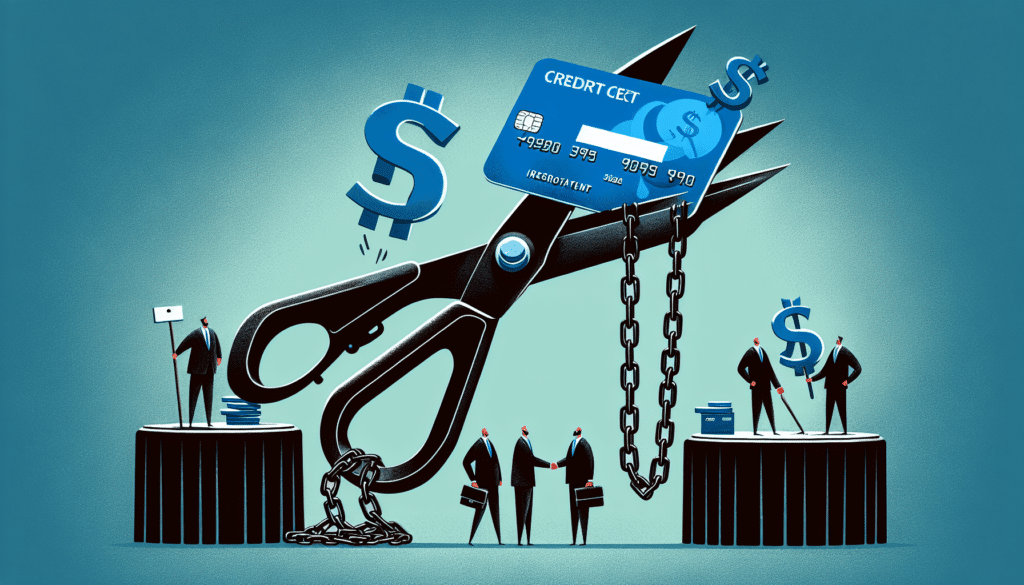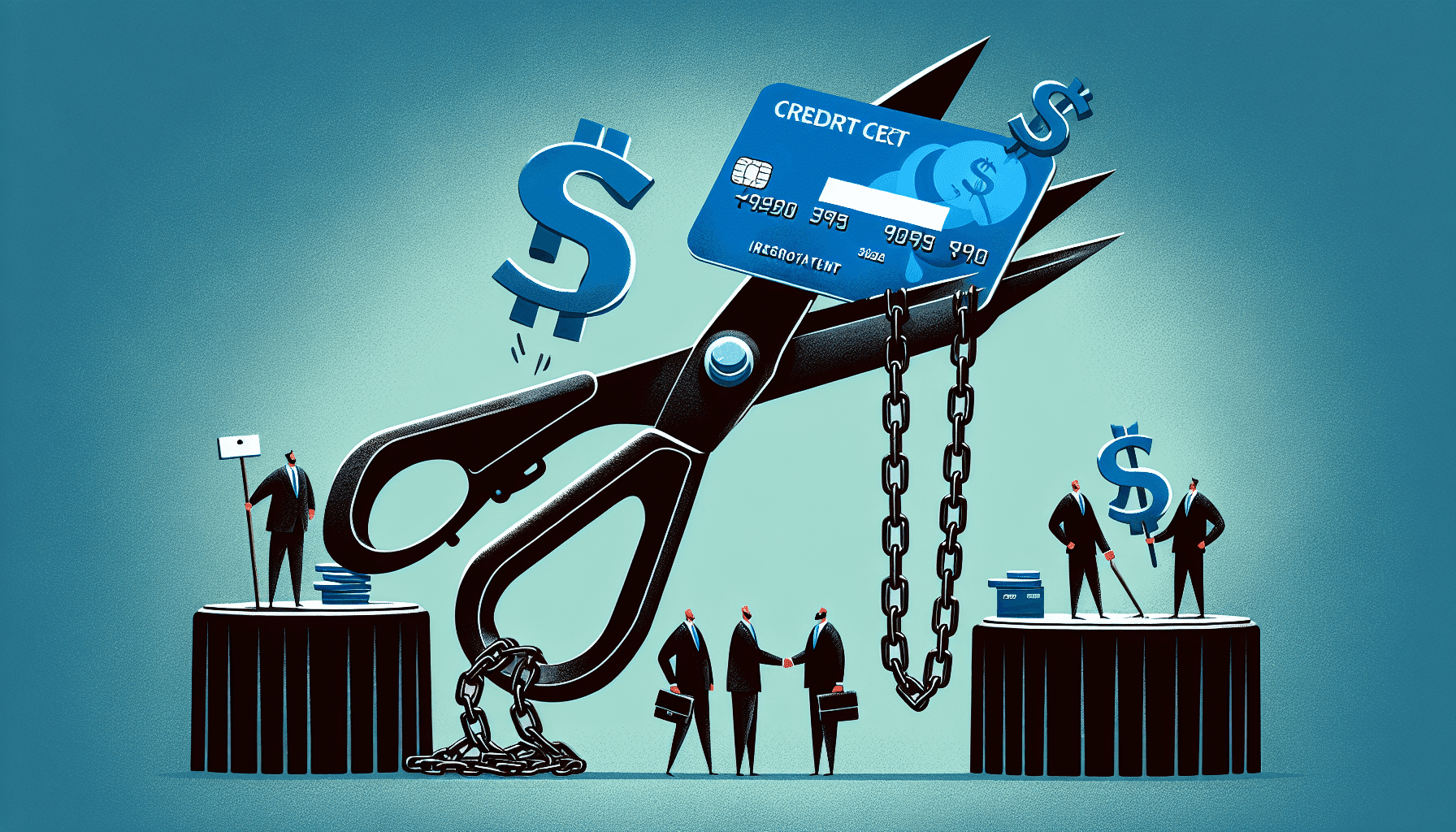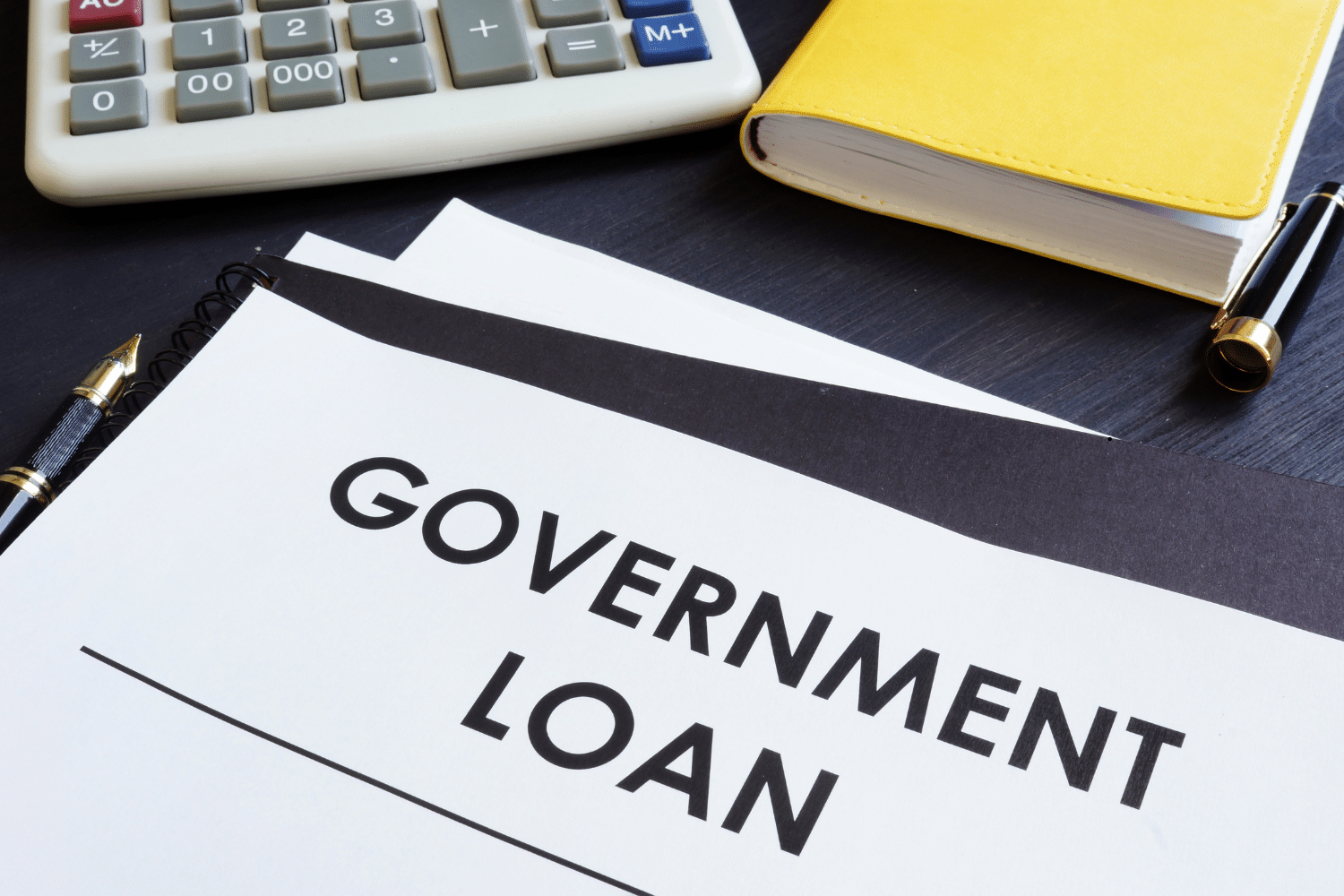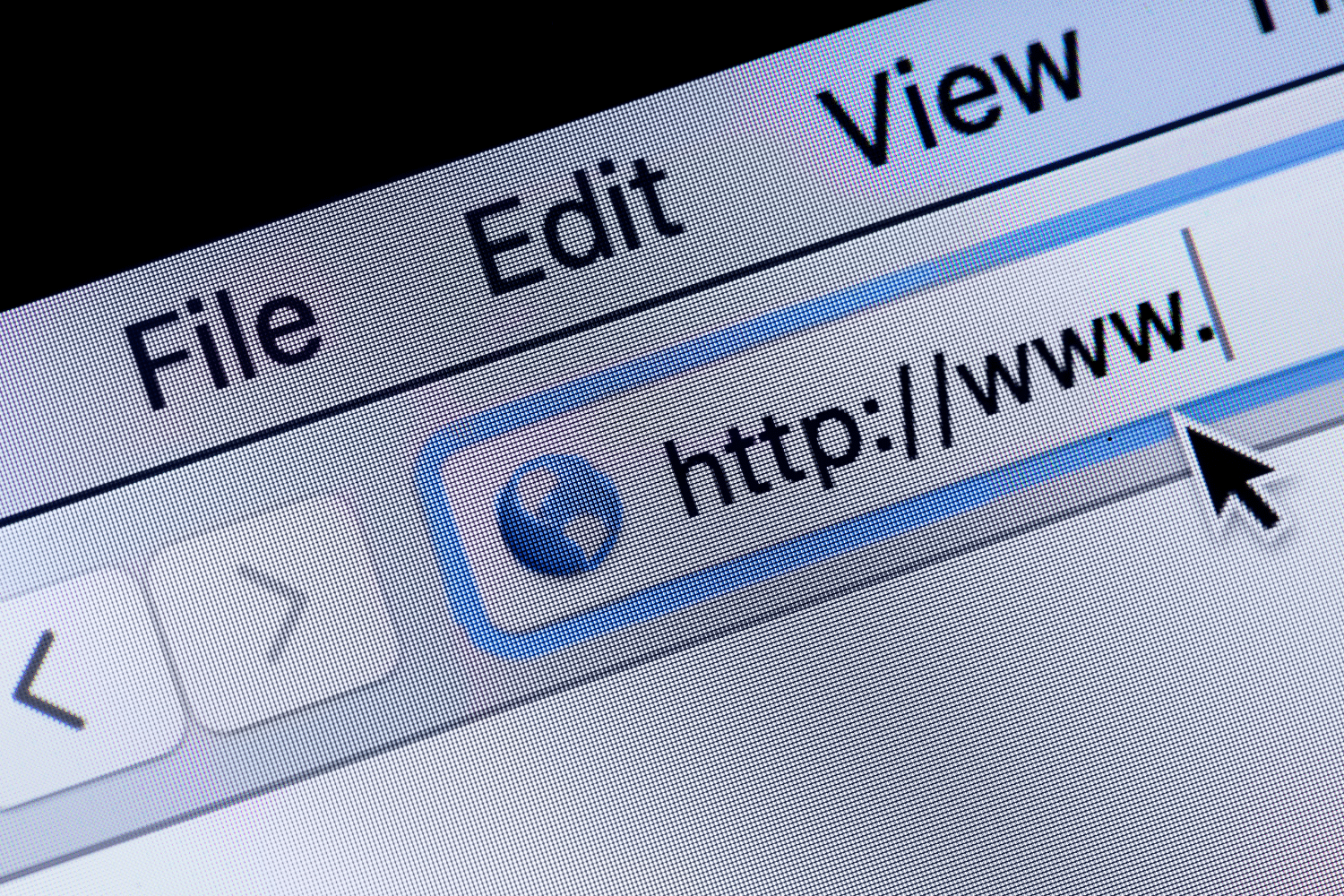Need to save money fast? This no-nonsense guide cuts through the clutter to help you stash cash swiftly. In the following sections, you’ll find 15 straightforward ways to tighten your budget and grow your savings—each designed for immediate impact and long-term gain.
Key Takeaways
- Crafting a financial plan and budgeting with tools like the 50/30/20 rule can significantly enhance financial stability and help identify savings opportunities.
- Incorporating automatic savings strategies, embracing energy-efficient habits, and utilizing technology for smarter shopping can lead to considerable cost reductions without drastic lifestyle changes.
- Increasing income through side gigs or skills monetization, alongside adopting DIY practices and meal planning, can accelerate savings growth and improve overall financial health.
Create a Financial Plan
Starting with a well-laid plan is the first step towards financial stability. A financial plan is your roadmap to your financial goals, whether it’s buying a house, starting a business, or simply building a safety net. Research shows that individuals with a written financial plan report higher stability, with 65% feeling secure vs. only 40% without a plan.
A financial plan offers a safety net that can be tailored to your personality, whether you prioritize:
- secure savings
- investing in stocks or real estate
- paying off debt
- having room for spontaneous financial decisions
Now, imagine you’re planning a road trip. Would you start driving without knowing your destination or the route? Probably not. The same logic applies to personal finance. Your savings goals are your destination, and your financial plan is the route. It lays the groundwork for strategic investing, taking into account your goals, investment timeframes, and risk tolerance.
With a clear plan in place, your path towards financial stability will likely become smoother as you start saving money.
Evaluate Your Expenses

How often do you scrutinize your monthly spending? Evaluating your expenses is like taking a magnifying glass to your financial habits. It’s about distinguishing between needs and wants, and knowing exactly where every dollar goes. This is where the 50/30/20 rule comes in handy, a practical budgeting framework that allocates income to needs, wants, and savings, helping to maintain a balanced financial plan.
Discretionary expenses cover non-essential spending, which can include luxury items and hobbies, and can be adjusted or eliminated to enhance savings. Some examples of discretionary expenses include:
- Morning coffee runs
- TV subscriptions
- Dining out
- Entertainment expenses
- Shopping for non-essential items
Monitoring spending habits, particularly regular but non-essential expenditures, can uncover surprising opportunities for savings.
Keep in mind, a budget is not a one-time event. It’s a living document that needs regular revisions to adjust to changes in income, expenses, and lifestyle priorities. Maintaining a vigilant watch on your cash flow constructs a robust system, enabling you to start saving money and attain your savings goals.
Make Saving Automatic

Ever wondered if saving money could be as effortless as spending it? Well, it can be, if you make saving automatic. An automatic savings plan involves setting up a regular, predetermined transfer of funds from a checking account to a savings account. This way, you ensure consistent contributions to your savings accounts without the need for manual transfers.
There are several ways to facilitate these automatic transfers. You can link your accounts at the same bank or specify direct deposits to a savings account. Another method is using employer payroll to split your paycheck into multiple accounts, including savings. Before initiating these transfers, it’s imperative to begin with your net income, deduct expenses, and ascertain the remaining budget available for savings. Reviewing your bank statements can help you track your income and expenses more effectively.
Various apps like Digit, Qapital, and N26 offer features specifically designed to automate savings without manual effort. With these strategies in place, you’ll be well on your way to achieving your savings goals.
Reduce Debt Strategically

While reducing debt may appear overwhelming, it’s an indispensable step towards saving money. The key is to reduce debt strategically. High-interest debt should be prioritized for repayment as it can otherwise lead to paying multiples of the original borrowed amount. Making payments above the minimum required can dramatically shorten the debt payoff period and decrease the total interest incurred.
But what if you could lower your interest rate on your credit card debt? Negotiating for a temporary or permanent interest rate reduction can be done by highlighting a history of on-time payments and any improvement in credit scores. Consolidating multiple high-interest debts into one single loan with a lower interest rate can simplify payments and often reduces the financial burden. By reducing your debt strategically, you free up more money to save and invest.
Optimize Your Living Situation

Your living conditions significantly influence your capacity to save money. Did you ever think about sharing your living space or opting for a smaller residence? Shared accommodations can lead to cost savings on rent, groceries, cleaning supplies, furniture, and appliances. Plus, having a roommate can keep housing costs below 35% of monthly income, making it easier to start saving money.
Downsizing to a smaller home also reduces living expenses and the effort required to maintain a larger property. Alternatively, moving to a more affordable area or city can significantly cut housing expenses and provide immediate savings. By optimizing your living situation, you can drastically reduce your housing costs and boost your savings.
Shop Smarter
With the advent of digital technology, smart shopping has become more accessible than ever. Browser extensions like PayPal Honey, Rakuten Cash Back Button, and Capital One Shopping can automatically apply coupon codes and provide cash back opportunities during online shopping sessions. Price comparison apps such as The Camelizer and BuyVia allow setting price alerts, ensuring purchases at the most cost-efficient time.
In-store shopping has also been revolutionized by technology. Apps like BuyVia and ShopSavvy can provide instant price comparisons in stores, making it easier to ensure you’re getting the best deal without the need for pre-planning. Some price comparison apps also offer cash back on purchases, which can be redeemed via gift cards or PayPal, offering greater savings beyond conventional coupons.
Smart shopping enables you to stretch your money further by following some money saving tips, ultimately helping you in saving money fast.
Save on Transportation Costs
Transportation costs can significantly erode your monthly budget. But there are ways to save money on these routine expenses. Carpooling, for instance, can significantly reduce commuting costs, and you can use apps like Waze Carpool, UberX Share, Lyft Shared, Via, and Pogo to make the process easier. Walking or biking for short trips not only saves on fuel costs, but also promotes better health.
Utilizing alternatives such as public transportation, ridesharing, or carpooling can provide substantial savings on routine transportation costs. Apps like GasBuddy or Waze can help you find the cheapest gas, and refinancing an auto loan can lead to better interest rates, further lowering car-related expenses. Lowering transportation costs allows you to channel more funds into your savings goals.
Master the Art of Meal Planning
While food is a necessity, it doesn’t preclude the possibility of saving money on your grocery shopping. Effective meal planning, for instance, can save you a significant amount of money each month. Here are some steps to follow:
- Do an inventory of your pantry.
- Choose budget-friendly meals for the week.
- This preventative planning can prevent last-minute shopping trips and eating out, leading to significant savings.
Shopping your pantry first informs meal choices by:
- Utilizing already available items
- Saving money and minimizing purchases of new ingredients
- Stretching affordable ingredients across multiple meals
- Incorporating meatless meals
- Utilizing recipes with fewer ingredients
This helps keep the grocery list short and the budget in check.
Freezing leftovers and unused ingredients not only extends their usability but also ensures that food investments are fully utilized rather than wasted. Mastering the art of meal planning can lower your grocery bills, minimize food waste, and help your money stretch further.
Utilize Free Resources
Who claims fun or learning necessitates spending money? Free resources like community events, online courses, and library services can provide entertainment and skill development without added costs. Local clubs and community gatherings offer free or low-cost social activities, and some institutions offer free online courses for essential home repair skills and more.
Libraries go beyond lending books; they also offer free access to DVDs, streaming services, and video games, reducing entertainment costs. And let’s not forget about volunteering – it’s a cost-free way to give back to the community, learn new skills, and network. By utilizing these free resources, you can save money while still enjoying life to the fullest.
Invest in Energy Efficiency
Putting money into energy efficiency constitutes another intelligent strategy for saving money. Here are some ways to increase energy efficiency and lower energy usage:
- Invest in energy-efficient appliances
- Switch to LED lightbulbs
- Caulk and weatherstrip doors and windows to reduce heating and cooling costs by up to 20%
By implementing these measures, you can save money on your energy bills and reduce your environmental impact.
Smart thermostats can automatically adjust the temperature at certain times, saving approximately 10% a year on heating and cooling. Clearing air vents and radiators, along with adding insulation to the attic, are vital steps in preserving an efficient HVAC system and mitigating the need for excessive energy use in older homes. By investing in energy efficiency, you can lower your utility bills and contribute to a more sustainable future.
Negotiate and Compare Services
Are you aware that negotiating and comparing services can help you save money on your monthly bills? Challenging existing rates and seeking out competitive offers from other carriers is a viable strategy to negotiate better rates for cell phone plans. Switching carriers may lead to significant savings if the current provider is unable to match better offers from the competition.
In addition to cell phone plans, it’s also beneficial to shop around for insurance policies. Using independent insurance agents to shop around enables comparison and selection of the most suitable car insurance policies at the best prices. Regularly reevaluating and shopping for insurance ensures that you are not overpaying for your coverage and might reveal better deals.
By negotiating and comparing services, you can ensure you’re getting the best deal for your needs.
Embrace DIY Solutions
Opting for do-it-yourself (DIY) solutions can result in substantial savings over time. Online platforms like YouTube, Pinterest, Instructables, and specific DIY-focused websites provide comprehensive resources for learning to fix or create things, enabling you to save money on hiring professionals. Communities such as Ana White’s furniture projects, The Family Handyman, and Mother Earth News offer a range of DIY guides from home decor to sustainable living.
Home improvement stores often offer free classes, and mentorship from experienced neighbors can complement the knowledge gained from digital resources. DIY solutions are not just a creative endeavor but also a financially smart choice, as fixing things yourself often incurs lower costs than hiring help or buying new items, maximizing your savings.
Build an Emergency Fund
Life’s unpredictability means financial surprises can occur anytime. That’s why building an emergency fund is crucial. This fund provides a financial safety net for unexpected expenses, reducing the need to rely on high-interest borrowing during difficult times.
To build and manage an emergency fund effectively, follow these steps:
- Set specific savings goals.
- Create consistent saving habits.
- Utilize surplus funds when possible.
- Establish rules for the fund’s use.
Aim to save at least $500 to cover small emergencies initially, with an eventual goal of several months’ worth of expenses, tailored to individual needs and financial security through monthly savings.
With a solid emergency fund in place, you’ll have peace of mind knowing you’re prepared for whatever life throws your way.
Increase Your Income
Although saving money is vital for financial stability, boosting your income can hasten your savings growth and enhance your overall financial well-being. Some side hustles that can generate additional income include:
- Online coaching
- Joining focus groups
- Selling items on eBay or Amazon
- Leveraging shared economy platforms like ride-sharing or room renting
Freelancing allows for skill monetization in areas such as copywriting, project management, editing, digital marketing, and more, providing income opportunities based on personal expertise. Pursuing a higher paying job in emerging sectors with high demand, such as AI, programming, and web development, can lead to increased income due to the growth rate of these industries. By increasing your income, you’re not just earning more money; you’re opening up more opportunities to save and invest.
Summary
We’ve journeyed through various strategies to save money fast without feeling the pinch, from creating a financial plan to increasing income. Remember, every step you take towards your financial goals, no matter how small, is progress. Start making these smart changes today, and watch your savings grow. Your future self will thank you.
Frequently Asked Questions
You can save $10,000 in 3 months by evaluating your finances, controlling your debt, setting a realistic goal, fasting from unnecessary spending, getting creative with your living situation, taking up a side hustle, and investing in yourself. Take these steps to reach your savings goal and improve your financial situation.
To save $1000 in 30 days, try saving $250 a week, which is just over $35 per day. You can automate your savings by funneling the funds into a high yield savings account and setting up an automatic savings plan of $250 on a designated day of the week. Another tip is to track your expenses and cancel unnecessary subscriptions and services to save money.
Start by increasing your earnings and using discounts and coupons to save money. Plan ahead when shopping, cut your biggest expenses, and follow a budget to help you save $5,000 quickly. Automating your savings can also make it easier.
The 30 day rule is a way to manage your spending by waiting 30 days before making non-essential or impulse purchases. This helps you evaluate the necessity and impact of the purchase on your financial goals.
To save money fast, you can start by creating a budget, cutting unnecessary expenses, using coupon codes, and joining loyalty programs. Another way is to change bank accounts, be strategic with eating habits, change insurance, and cut unnecessary subscriptions. By implementing these strategies, you can quickly build your savings.










